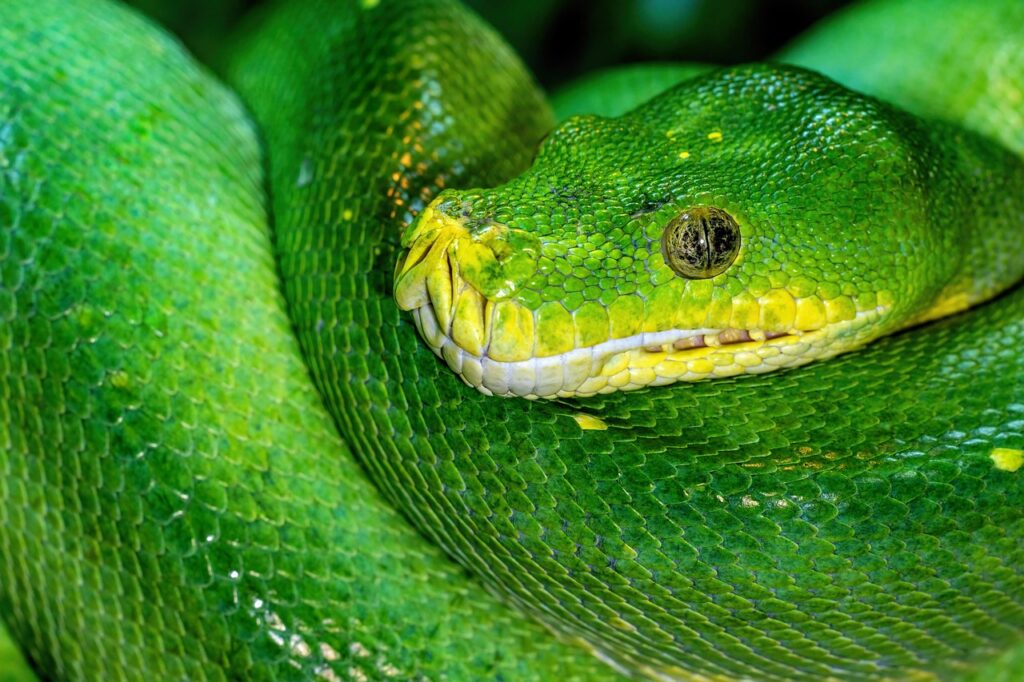Picture this: a massive T-Rex caught in a howling snowstorm, its tiny arms useless against the biting wind. It sounds like something out of a Hollywood disaster movie, but this scenario might not be as far-fetched as you’d think. The question of whether dinosaurs could survive extreme winter conditions has fascinated paleontologists and dinosaur enthusiasts for decades, especially as we continue to uncover evidence that these ancient giants lived in far more diverse climates than we once imagined.
The Shocking Truth About Dinosaur Habitats
For years, we pictured dinosaurs lounging in tropical paradises, munching on ferns under perpetual sunshine. This mental image couldn’t be further from reality. Recent fossil discoveries have shattered this misconception, revealing that dinosaurs thrived in environments ranging from scorching deserts to surprisingly chilly regions.
Alaska has become a treasure trove of dinosaur fossils, with species like Ugrunaaluk kuukpikensis calling the ancient Arctic home. During the Cretaceous period, this region wasn’t the frozen wasteland we know today, but it still experienced months of darkness and temperatures that would make most modern reptiles hibernate. These Arctic dinosaurs weren’t just surviving – they were flourishing in conditions that would challenge even the hardiest creatures today.
Feathered Giants: Nature’s Ultimate Winter Coat
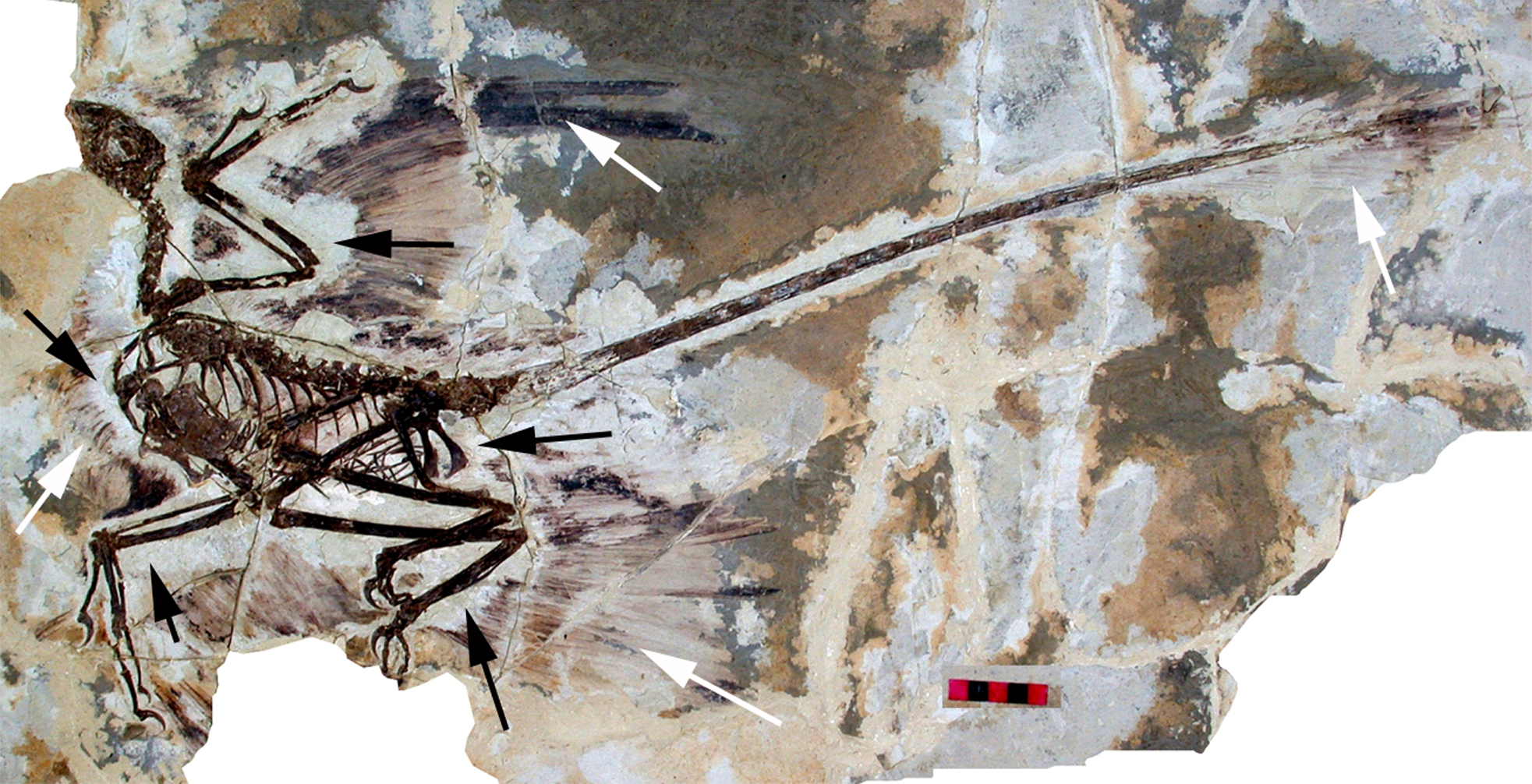
The discovery of feathered dinosaurs has completely revolutionized our understanding of how these creatures might have handled cold weather. Imagine a velociraptor not as a scaly lizard, but as a bird-like creature covered in downy feathers, perfectly insulated against harsh winds and freezing temperatures.
These feathers weren’t just for show – they were sophisticated thermal regulators. Scientists have found evidence of different feather types on various dinosaur species, from simple filaments to complex plumage that rivals modern birds. Some dinosaurs likely had feathers as effective as a high-tech winter jacket, trapping warm air close to their bodies and providing crucial protection during blizzards.
The larger the dinosaur, the more advantageous its feathers became. A feathered Therizinosaurus, standing nearly 20 feet tall, would have had an enormous surface area of insulation working in its favor.
The Surprising Science of Dinosaur Metabolism
Here’s where things get interesting: dinosaurs weren’t the sluggish, cold-blooded creatures we once thought. Growing evidence suggests many dinosaurs were mesothermic – somewhere between cold-blooded and warm-blooded animals. This metabolic flexibility would have been a game-changer during extreme weather events.
Unlike modern reptiles that become torpid in cold weather, mesothermic dinosaurs could maintain higher activity levels even when temperatures dropped. Think of it like having a hybrid engine that switches between fuel-efficient and high-performance modes depending on conditions. During a blizzard, these dinosaurs could ramp up their internal heat production to stay active and alert.
Size Matters: The Giant Advantage
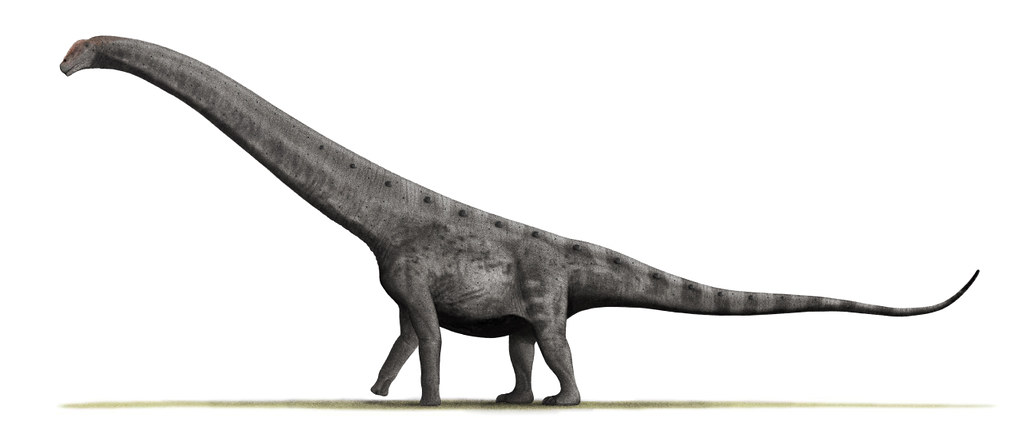
When it comes to surviving cold, bigger is better. The largest dinosaurs had a massive advantage thanks to something called the square-cube law. As body size increases, volume (and heat production) increases faster than surface area (where heat is lost).
A 70-ton Argentinosaurus would have been like a walking furnace, generating enormous amounts of internal heat that would take hours or even days to dissipate. During a blizzard, while smaller animals might freeze, these giants would remain toasty warm from the inside out. Their sheer mass acted as a biological heating system that no modern land animal can match.
Even medium-sized dinosaurs like Triceratops had enough bulk to maintain their core temperature during extended cold snaps, making them surprisingly resilient to harsh weather conditions.
Behavioral Adaptations: Smart Survival Strategies

Dinosaurs weren’t just physically equipped for harsh weather – they were smart about it, too. Fossil evidence suggests many species engaged in complex social behaviors that would have been crucial for surviving extreme conditions like blizzards.
Hadrosaurs, for example, traveled in massive herds that could number in the thousands. During a snowstorm, these herds would cluster together, creating natural windbreaks and sharing body heat. It’s the same strategy used by emperor penguins in Antarctica – a time-tested method for surviving the world’s harshest conditions.
Some dinosaurs likely sought shelter in caves, dense forests, or even burrowed into the ground. Recent discoveries of dinosaur burrows in Montana and Australia show that these creatures were resourceful enough to create their protection when nature got nasty.
The Blizzard Scenario: Hour by Hour Survival
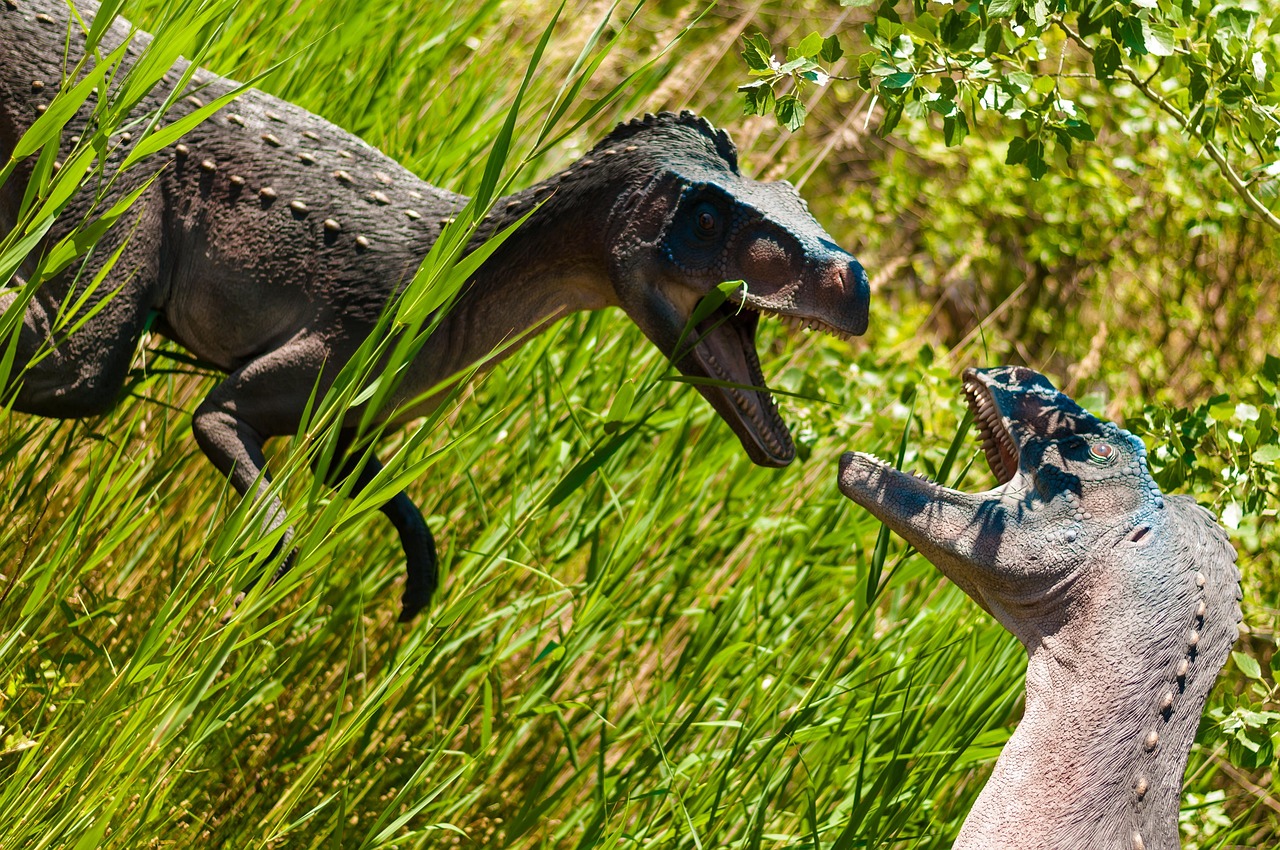
Let’s imagine a realistic blizzard scenario. The temperature drops to -10°F, winds howl at 40 mph, and visibility drops to near zero. How would different dinosaurs fare?
Large theropods like Allosaurus would likely fare best, using their powerful legs to plow through snow drifts while their feathered bodies retained heat. Their keen senses would help them navigate even in whiteout conditions. Smaller dinosaurs might struggle more, but those living in herds could huddle together for warmth and protection.
The real challenge wouldn’t be the cold itself, but finding food and water. Dinosaurs would need to either have stored energy reserves or know where to find accessible vegetation beneath the snow.
Fossil Evidence: Reading the Ancient Weather Report
The fossil record is like nature’s weather diary, and it’s full of clues about how dinosaurs handled extreme conditions. Bone analysis reveals growth rings that show seasonal changes, indicating these animals lived through regular temperature fluctuations.
Some fossils show evidence of stress markers that appear during harsh environmental conditions, but importantly, these same fossils show recovery and continued growth. This suggests dinosaurs regularly survived challenging weather events, including severe storms and extended cold periods.
Coprolites (fossilized dinosaur droppings) from high-latitude sites contain remains of plants that only grow in cooler climates, proving these animals were actively feeding and thriving in environments that experienced significant seasonal variation.
Modern Survivors: What Birds Tell Us
Birds are living dinosaurs, and they’re remarkably good at surviving extreme weather. Emperor penguins endure Antarctic blizzards that would kill most mammals, while arctic terns migrate from pole to pole, encountering every type of severe weather imaginable.
Many modern birds have strategies their ancient relatives likely shared: specialized feathers for insulation, behavioral adaptations for conserving heat, and the ability to enter temporary torpor when conditions become too harsh. If a tiny chickadee can survive a brutal winter storm, imagine what a 30-foot theropod could endure.
The key difference is that ancient dinosaurs were often much larger than modern birds, giving them significant advantages in heat retention and energy storage that their descendants lack.
The Water Problem: Staying Hydrated in Frozen Conditions
One of the biggest challenges during a blizzard isn’t staying warm – it’s staying hydrated. Snow and ice require precious energy to melt, and dehydration can be as deadly as hypothermia.
Dinosaurs living in seasonal climates would have developed strategies for accessing water during frozen periods. Some likely consumed snow directly, using their body heat to melt it internally. Others may have known locations of springs or streams that remained unfrozen even during the harshest weather.
Large dinosaurs had an advantage here, too – their massive size meant they could store more water in their bodies, allowing them to go longer between drinks when water sources became scarce or difficult to access.
The Food Chain During Extreme Weather
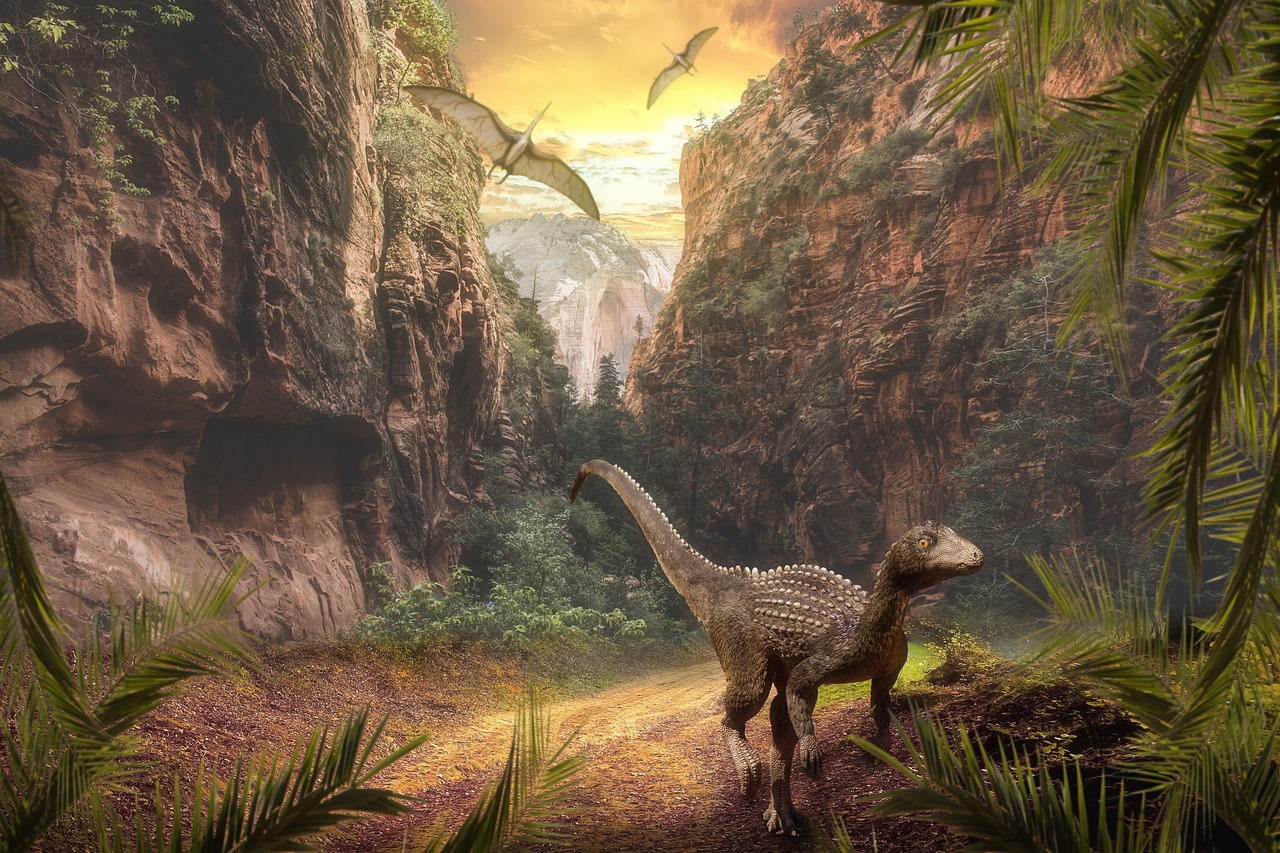
A blizzard would have created a domino effect throughout the dinosaur ecosystem. Herbivores would struggle to find vegetation buried under snow, while carnivores might benefit from weakened prey animals.
However, this wasn’t necessarily a crisis. Many dinosaurs likely had seasonal feeding patterns, building up fat reserves during abundant times to survive leaner periods. This is common among modern animals in seasonal climates, from bears to whales.
Some dinosaurs may have even been opportunistic scavengers during blizzards, taking advantage of animals that didn’t survive the harsh conditions. Nature rarely wastes resources, and dinosaurs were likely no exception to this rule.
Temperature Regulation: The Internal Thermostat
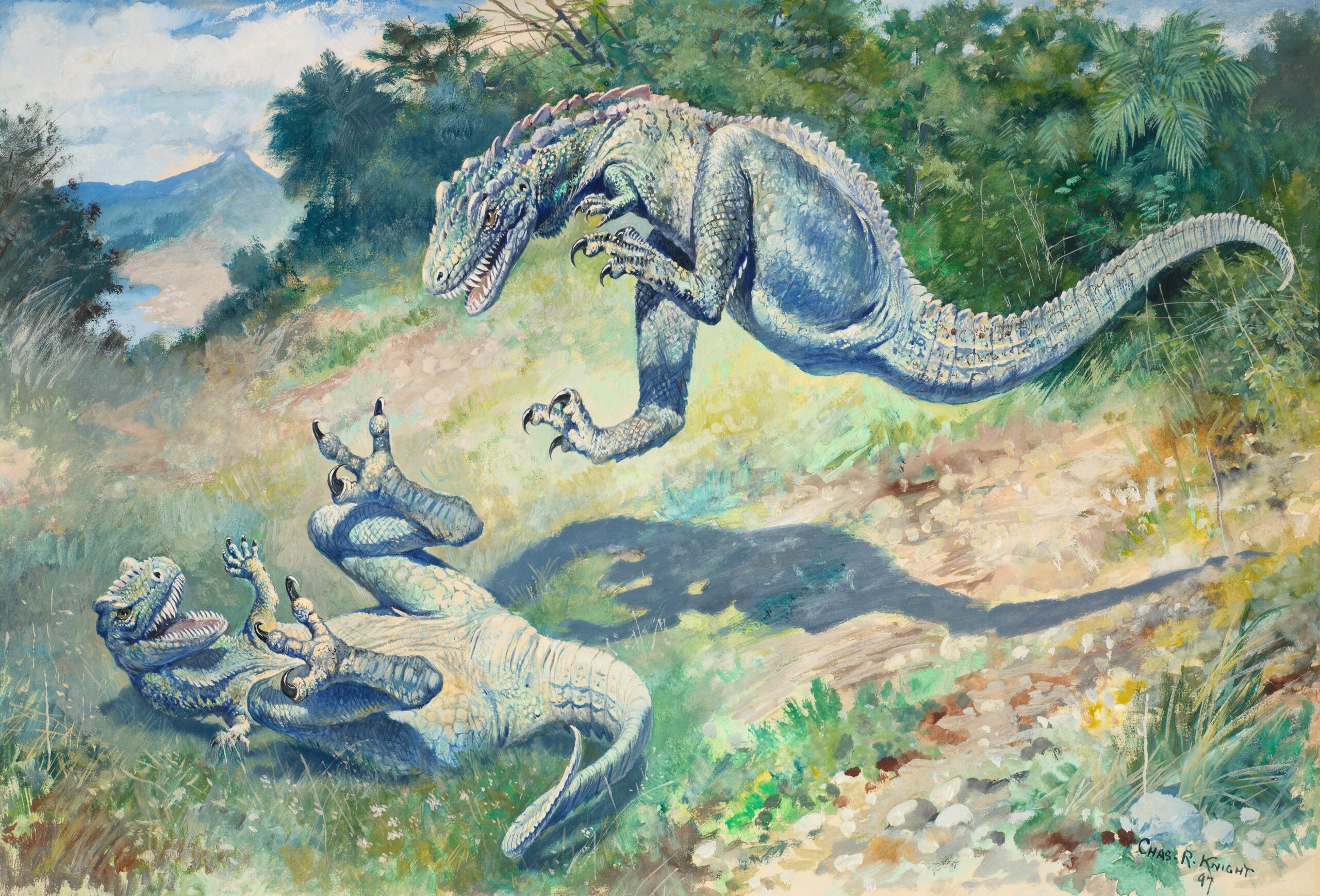
Recent studies on dinosaur physiology suggest these creatures had sophisticated temperature regulation systems. Unlike modern reptiles that rely entirely on external heat sources, dinosaurs could generate significant internal heat through muscle activity and metabolic processes.
This internal heating system would have been crucial during blizzards. While a snake or lizard would become completely immobilized in freezing temperatures, dinosaurs could maintain muscle function and continue moving, searching for food and shelter.
The evidence comes from bone histology – the microscopic study of bone structure. Dinosaur bones show growth patterns consistent with animals that could maintain stable internal temperatures, even when external conditions were harsh.
Geographic Advantage: Knowing When to Move
Many dinosaurs likely had migration patterns that helped them avoid the worst weather. Just as modern animals migrate to escape harsh conditions, dinosaurs probably moved to more favorable areas when severe weather threatened.
However, some dinosaurs were permanent residents of cold climates. These hardy species would have been the most likely to survive blizzards, having evolved specific adaptations for harsh conditions over millions of years.
The key was probably timing. Dinosaurs living in seasonal climates would have recognized the warning signs of approaching severe weather and prepared accordingly, either by migrating or by taking shelter and conserving energy.
The Aftermath: Recovery and Adaptation
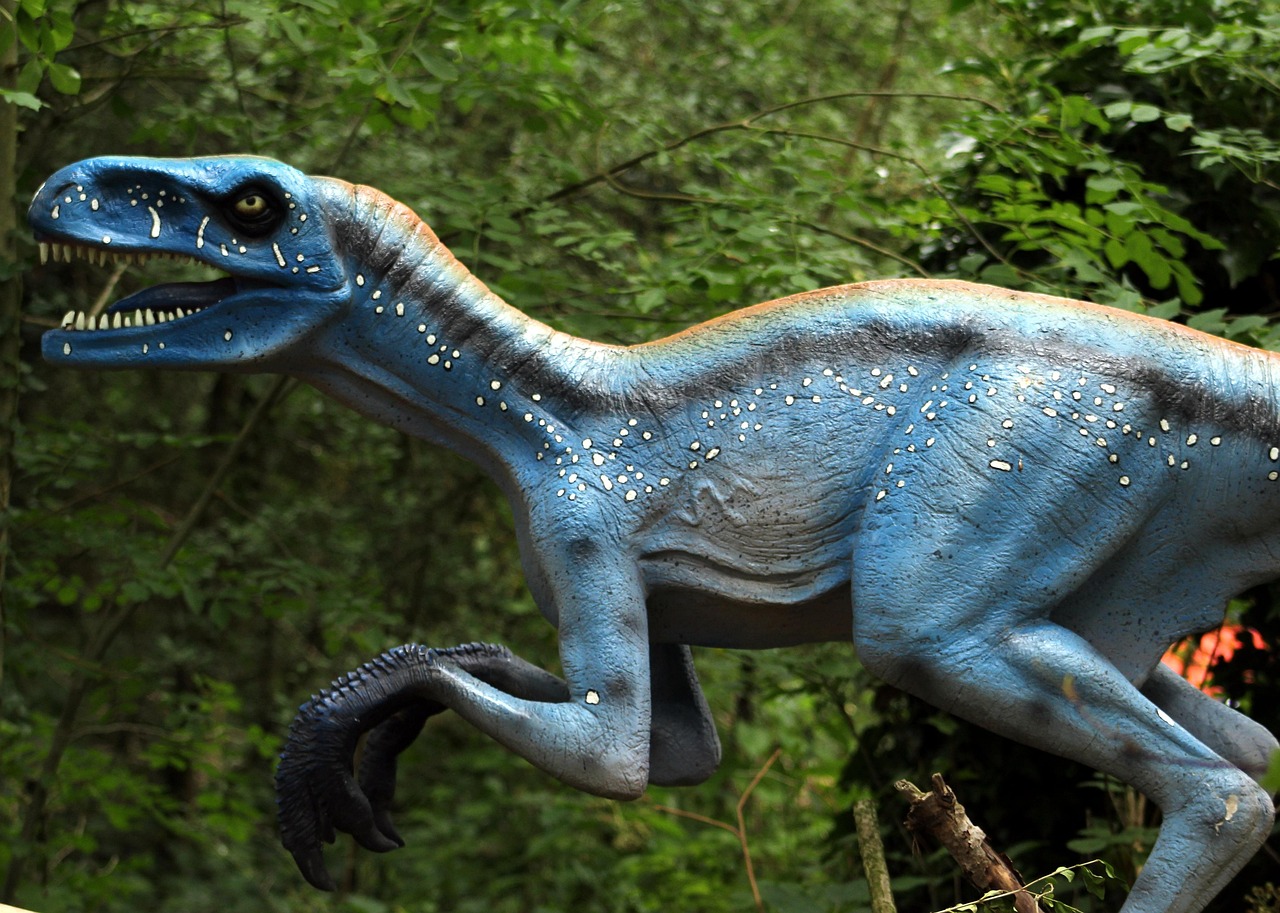
Surviving a blizzard was just the beginning. The real test came in the days and weeks afterward, when dinosaurs had to recover from the energy expenditure of surviving extreme conditions.
Those that survived would have been the strongest and most adaptable individuals, passing on their cold-weather genes to future generations. Over time, this would have led to populations that were increasingly well-adapted to harsh conditions.
The aftermath of severe weather events may have driven evolutionary innovations, selecting for better insulation, more efficient metabolism, and improved behavioral strategies for surviving extreme conditions.
Comparing Ancient and Modern Extremes
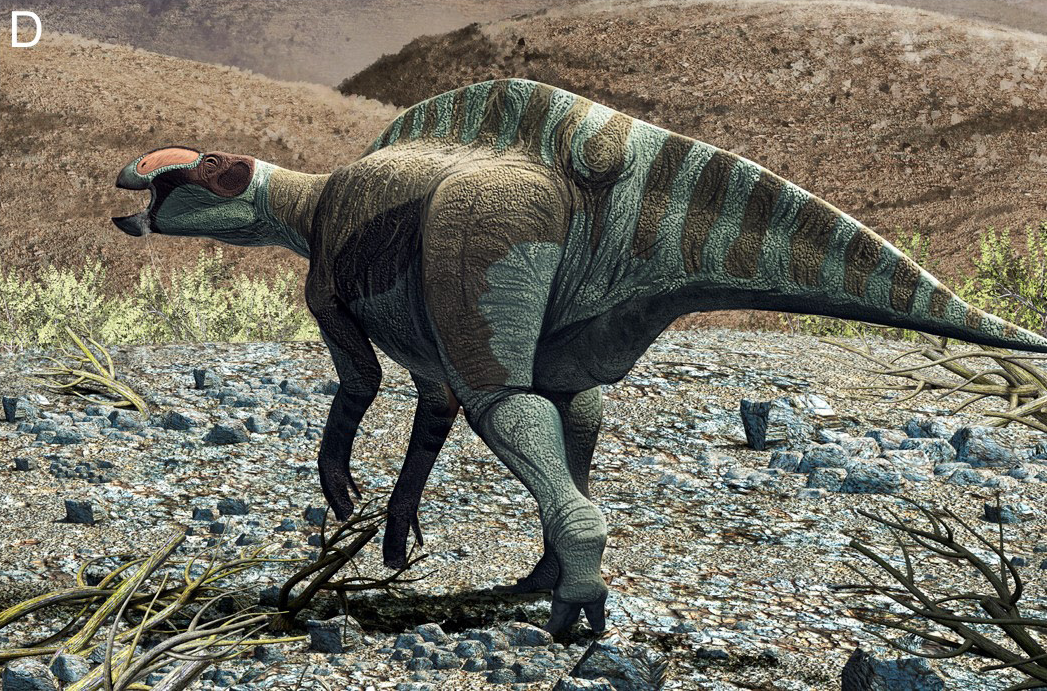
Modern animals regularly survive conditions that would seem impossible. Musk oxen endure Arctic blizzards with temperatures dropping to -40°F, while Tibetan animals thrive at altitudes where the air is thin and temperatures are brutal.
If these modern creatures can survive such extremes, dinosaurs, with their larger size, potential warm-bloodedness, and sophisticated adaptations, would likely have been even better equipped. The combination of size, insulation, and behavioral adaptations would have made many dinosaurs formidable opponents against even the harshest weather.
The difference is that dinosaurs had millions of years to perfect these adaptations, while modern animals are dealing with rapidly changing climates that give them little time to evolve appropriate responses.
Conclusion

The evidence points to a remarkable conclusion: many dinosaurs could not only survive a blizzard, but might have thrived in conditions that would challenge even the hardiest modern animals. Their combination of size, sophisticated metabolism, behavioral adaptations, and In many cases, feathered insulation,created a perfect storm of survival advantages.
From the massive sauropods that could generate their heat through sheer bulk, to the clever pack-hunting theropods that could work together to weather any storm, dinosaurs were far more resilient than we ever imagined. The Arctic dinosaurs of Alaska prove that these ancient giants were already living in challenging climates, making them well-prepared for whatever extreme weather threw their way.
Perhaps the most amazing part is that we’re still discovering new evidence of dinosaur cold-weather adaptations. Each fossil find adds another piece to the puzzle, painting a picture of creatures that were not just survivors, but masters of adaptation. Makes you wonder what other surprises these ancient giants have in store for us, doesn’t it?


